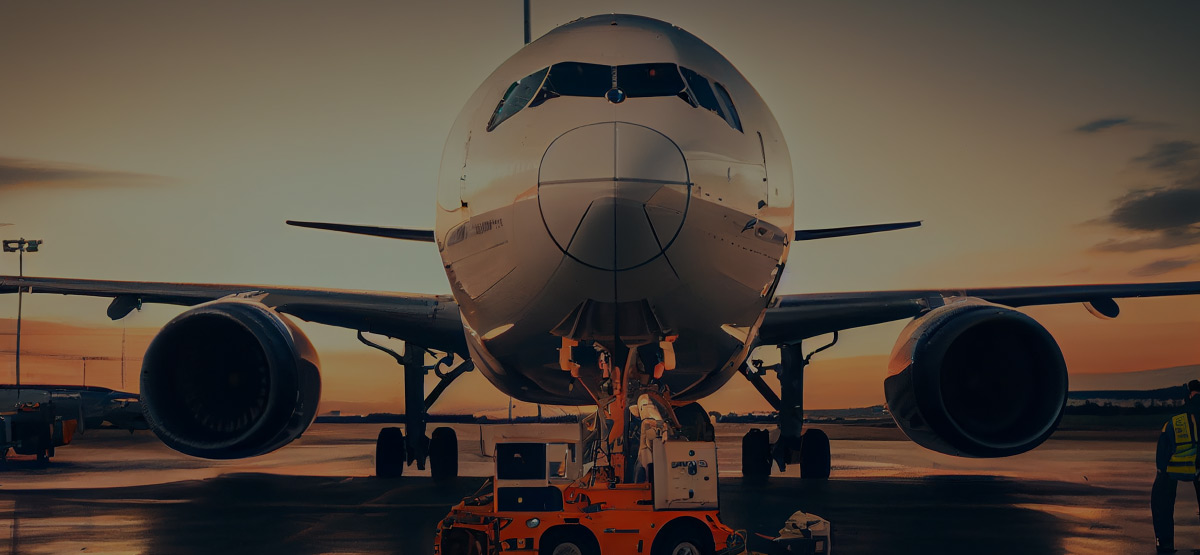Airline transport has revolutionized the way we connect with the world, transforming vast distances into mere hours of travel. The aviation industry has made remarkable strides since the Wright brothers’ first flight, creating a network that bridges cultures, economies, and continents.
 The journey of airline transport began with humble beginnings in the early 20th century. Pioneers like Orville and Wilbur Wright paved the way for aviation, propelling humanity into the skies. The advent of World War I and subsequent conflicts fueled rapid aircraft development, culminating in commercial aviation during the 1920s and 1930s. Iconic names like Charles Lindbergh and Amelia Earhart captured the public’s imagination, and soon, airlines like Pan American Airways and TWA launched international flights, marking a new era of connectivity.
The journey of airline transport began with humble beginnings in the early 20th century. Pioneers like Orville and Wilbur Wright paved the way for aviation, propelling humanity into the skies. The advent of World War I and subsequent conflicts fueled rapid aircraft development, culminating in commercial aviation during the 1920s and 1930s. Iconic names like Charles Lindbergh and Amelia Earhart captured the public’s imagination, and soon, airlines like Pan American Airways and TWA launched international flights, marking a new era of connectivity.
Airline transport owes much of its progress to relentless technological innovations. The introduction of jet engines in the 1950s significantly increased speed and efficiency, enabling transcontinental and transoceanic flights. The Boeing 707, often considered the first successful commercial jetliner, heralded the age of mass air travel. Subsequent aircraft, like the Boeing 747 “Jumbo Jet,” Airbus A380, and the forthcoming Boeing 777X, have further expanded the industry’s capacity and reach.
Fly-by-wire systems, advanced avionics, and automation have enhanced safety, allowing for precise control and reduced pilot workload. The evolution of composite materials has led to lighter, more fuel-efficient aircraft with increased durability, reducing operational costs and environmental impact.
The airline transport industry has played a pivotal role in shaping the global economy. It serves as a catalyst for tourism, trade, and international business. Airports have transformed into economic hubs, generating jobs and facilitating the movement of goods and people. The rise of low-cost carriers has democratized air travel, making it accessible to a broader demographic and stimulating tourism in emerging markets.
Despite its undeniable benefits, airline transport also faces environmental challenges. Aircraft emissions contribute to greenhouse gases and air pollution, impacting climate change and air quality. To address these concerns, the industry has pursued advancements such as fuel-efficient engines, sustainable aviation fuels, and improved operational practices. Research into electric and hydrogen-powered aircraft holds promise for a greener future of aviation.
The future of airline transport is marked by exciting possibilities. Urban air mobility concepts envision on-demand, electric vertical takeoff and landing (eVTOL) aircraft revolutionizing urban transportation. Supersonic and hypersonic travel could drastically reduce long-haul flight times, reshaping global connectivity. Advances in autonomous flight and artificial intelligence promise enhanced safety and operational efficiency.
Airline transport stands as a testament to human ingenuity, uniting the world in ways unimaginable just a century ago. From humble beginnings to technological marvels, it has reshaped societies, economies, and cultures. While challenges remain, the industry’s commitment to innovation and sustainability ensures that airline transport will continue to soar to new heights, carrying with it the dreams and aspirations of generations to come.
